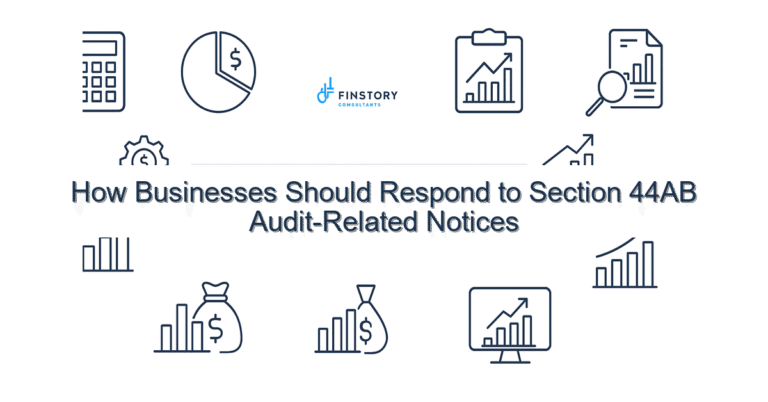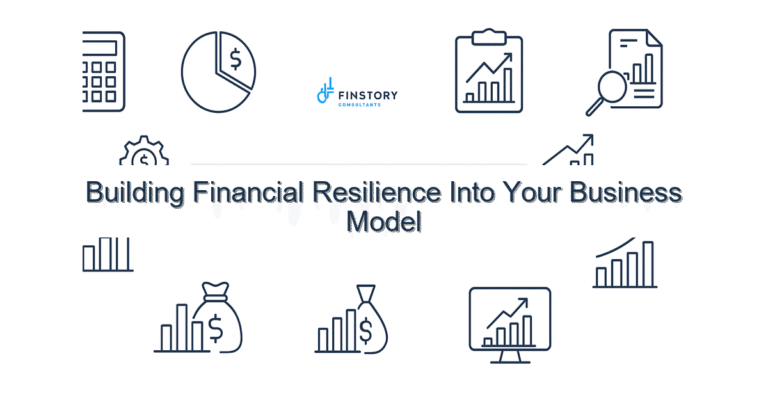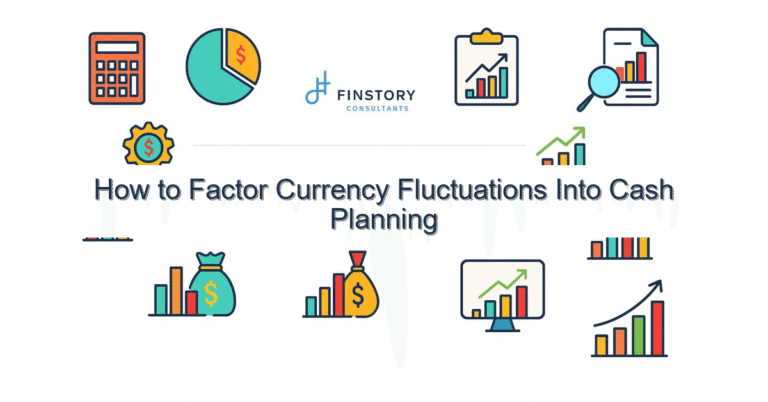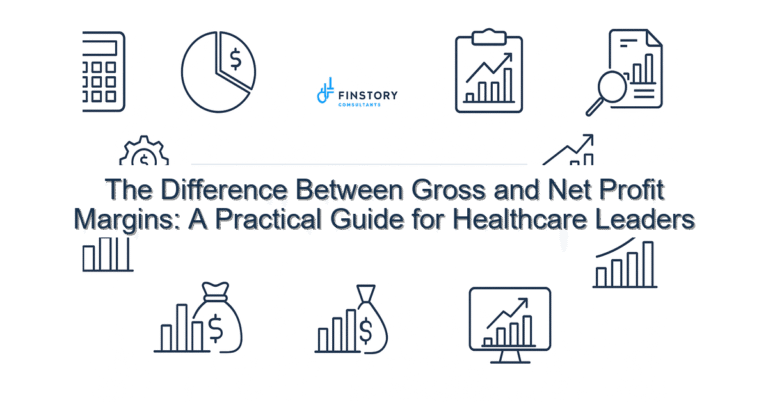Using Activity-Based Costing in Small Businesses
Running a small business means every dollar counts — and knowing exactly where those dollars go can be a game-changer. That’s where Activity-Based Costing (ABC) comes in.
Don’t let the name scare you off. It’s not just for big corporations with accounting departments. ABC is actually a smart, practical way for small businesses to understand their true costs — and make more profitable decisions.
Let’s break it down in plain language.
What Is Activity-Based Costing?
Activity-Based Costing is a method of assigning indirect costs (like admin time, software tools, packaging, etc.) to products or services based on how much work or activity they actually require.
Most businesses lump these costs together. ABC goes a level deeper and asks:
“Which activities drive our costs — and how much does each product or service use them?”
Think of it like this:
Instead of spreading peanut butter evenly across toast, ABC lets you see exactly which piece gets what.
Why Does It Matter?
Let’s say you run a design agency. You offer:
- Website design
- Social media templates
- Brand strategy workshops
All priced well — or so you think.
But after applying ABC, you find:
- Social media templates take more revisions and admin emails than expected
- Brand strategy takes less time (once prepped) but delivers high-margin value
- Website projects often involve freelance developers, increasing actual costs
Suddenly, your “most affordable” service is costing the most — and your premium offer is more profitable than you realized.
Real-World Example: Custom Furniture Maker
A small custom furniture studio in Oregon was pricing based on materials + a flat hourly rate. But they didn’t account for:
- Time spent in design consultations
- Frequent delivery issues and adjustments
- Specialized finishing that only one staff member could do
Using ABC, they tracked these “activities” over two months. What changed?
- Raised prices on custom pieces
- Offered “design-lite” options to reduce consultation time
- Reduced product lines with highest packaging and delivery complexity
Within a quarter, net profit improved — even with fewer orders.
Hypothetical Scenario: Virtual Assistant Agency
An agency offers three tiers of service:
- Basic admin
- Content scheduling
- Client communication + project management
Basic admin seems like the cheapest to deliver… until they realize:
- It involves constant switching tasks
- Lots of hand-holding from account managers
- Time-tracking and billing are harder to manage
ABC reveals that mid-tier clients (content scheduling) are more efficient, need less oversight, and result in better retention.
They streamline their offerings, raise prices on basic packages, and focus on mid-tier services — aligning effort with margin.
How to Get Started with ABC (Even Without Fancy Software)
Here’s a simple way to test Activity-Based Costing:
1. List Out Major Activities
Examples: onboarding, revisions, packaging, shipping, client support, meetings, etc.
2. Track Time or Resources
Use timesheets, software tools, or even simple spreadsheets for a few weeks.
3. Assign Costs
Estimate labor time x hourly cost + tool usage + overhead.
4. Allocate to Products/Services
Distribute those activity costs to each product or service based on how much it uses.
5. Compare Real Costs vs. Prices
This is the “aha” moment. You may find high-volume services aren’t the most profitable.
How a Virtual CFO Can Help
Activity-Based Costing can feel overwhelming — especially when you’re wearing every hat. A Virtual CFO helps by:
- Identifying which activities are driving costs
- Creating a simple ABC model for your business
- Recommending pricing or service changes
- Helping you focus on what’s actually profitable
This isn’t about spreadsheets. It’s about making smarter, faster decisions.
Final Thought
When you understand the true cost behind your work, everything changes. Pricing, product mix, hiring decisions — they all become clearer.
Activity-Based Costing isn’t just for MBAs or spreadsheets — it’s a secret weapon for small business clarity.
So, what’s one service or product in your business that might be hiding hidden costs?
You might be one ABC exercise away from a much healthier bottom line.






